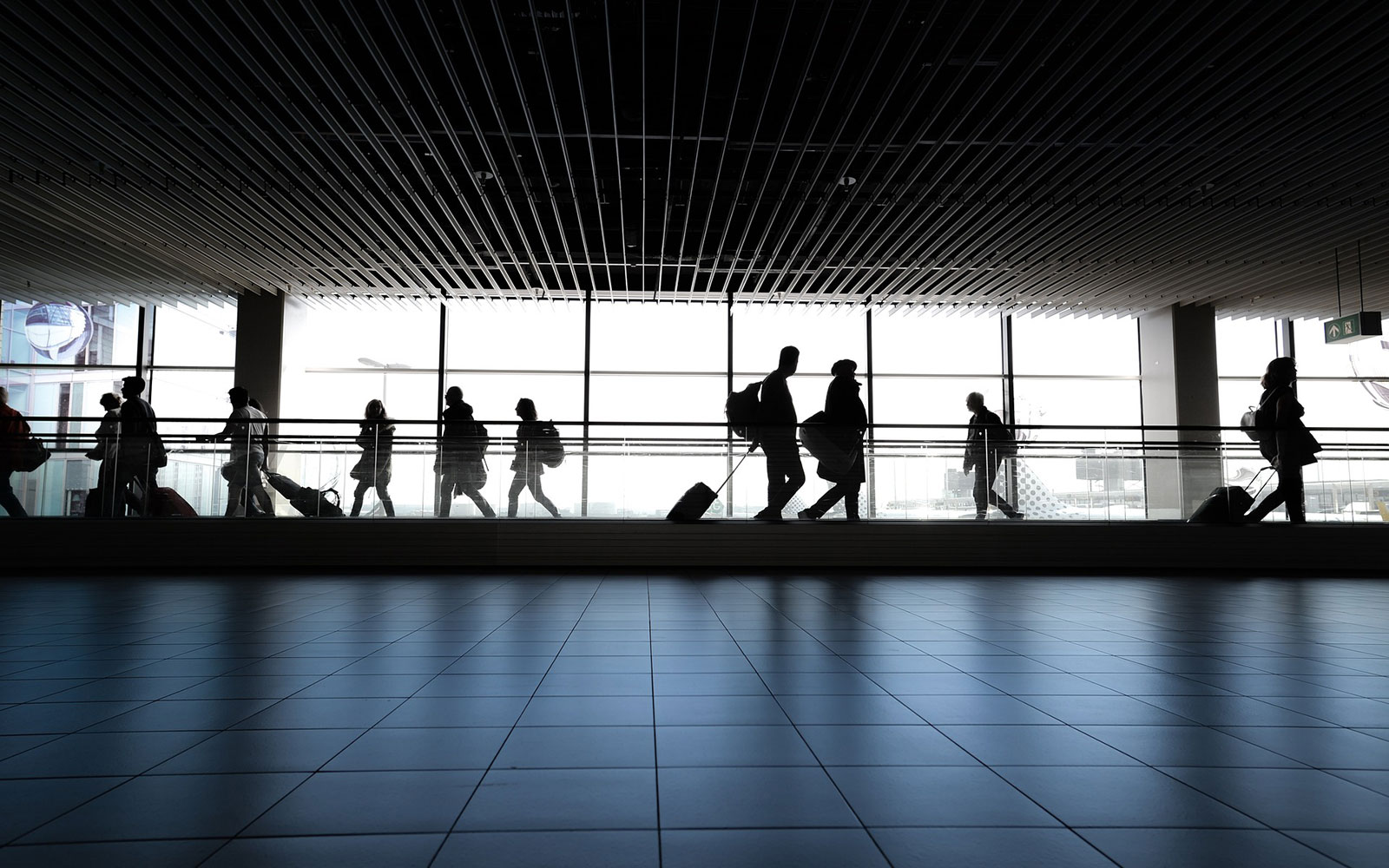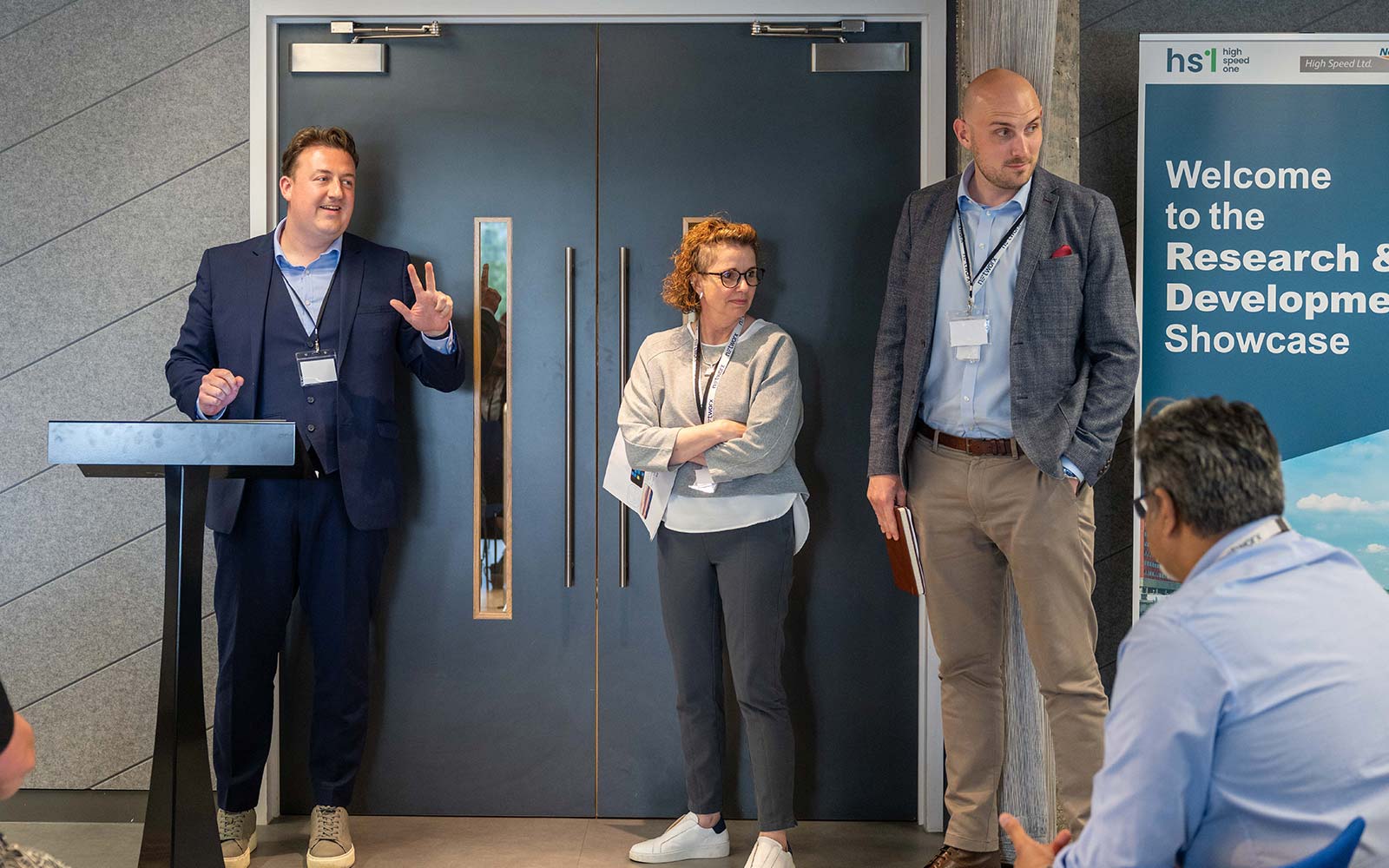Unlocking staffing efficiency during peak travel seasons: Modelling people as assets with digital twins
By Robert Greener, software developer at Aerogility

As airlines, passenger ports and rail operators gear up for a busy summer holiday season, they face the inevitable challenge of managing staffing levels to meet demand and maintain a smooth operation.
Whether it’s adjusting staffing schedules, reallocating resources or fine-tuning procedures, the use of digital twins provides a dynamic platform to navigate such complexities.
Let’s explore how.
Understanding digital twins
Digital twins are virtual replicas of physical systems, processes or assets. In the context of airlines, digital twins mimic an entire operational ecosystem, including aircraft, crew and maintenance scheduling.
By integrating accurate data and predictive analytics, digital twins provide a comprehensive view of operations, while enhancing strategic planning. Here, users can simulate various scenarios to mitigate financial risk, and, in the context of staffing, ensure levels are optimal during times of fluctuating demand.
Modelling people as assets
In traditional airline operations, staffing decisions are often based on historical data and static schedules. This leads to inefficiencies and the challenge of adapting when unexpected circumstances arise.
Digital twins build on existing human knowledge and experience. This results in safe and trusted planning that helps contain costs and reduce volatility. By modelling people as assets within digital twins, airlines can adopt a proactive approach to staffing optimisation.
Dynamic resource allocation
For ports, digital twins enable users to dynamically allocate resources based on real-time demand forecasts. Analysing factors such as booking trends, sailing schedules and historical passenger data, port operators can accurately predict peak periods and adjust staffing levels accordingly.
The same solutions apply for rail operations, as an influx of passenger traffic is anticipated around peak travel periods. Here, operators can pre-emptively assign additional ground staff and customer service personnel to key hubs or routes.
This enhances passenger experience and optimises operational costs, ensuring resources are allocated efficiently to meet demand fluctuations without unnecessary overhead.
Adaptive scheduling
Traditional scheduling methods often struggle to accommodate last-minute changes, leading to operational disruption and customer dissatisfaction. Digital twins facilitate adaptive scheduling by continuously updating shift assignments in response to changing circumstances. Considering factors such as delays, cancellations and strikes, operators can review staffing levels in real-time, encouraging smooth operations amidst unexpected challenges.
Scenario planning
A key advantage of digital twins is the ability to explore multiple real-world ‘what-if’ scenarios quickly and easily, while evaluating the impact of different decisions.
Whether it be across air, land or sea, transport operators can use this technology to assess the effectiveness of different staffing strategies under various demand scenarios. Such as, simulating the impact of an employee strike on operations or adjusting crew compositions based on routes and passenger demographics.
Ultimately, the ability to accurately forecast demand and optimise staffing levels is crucial for transport stakeholders to ensure operational efficiency and deliver exceptional customer experiences. By leveraging digital twin technology, users can effectively model people as assets and streamline staffing processes to meet the demands of our dynamic and competitive industry.



